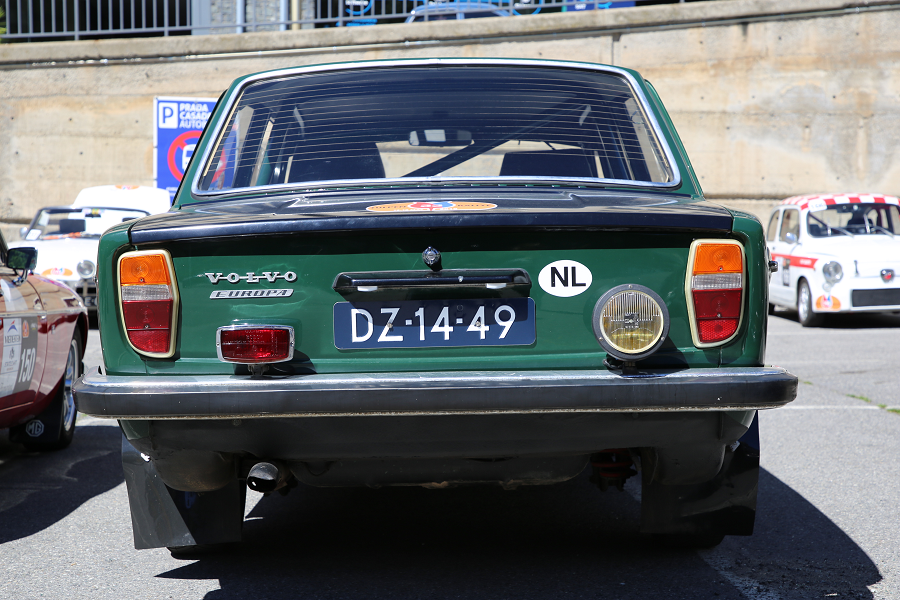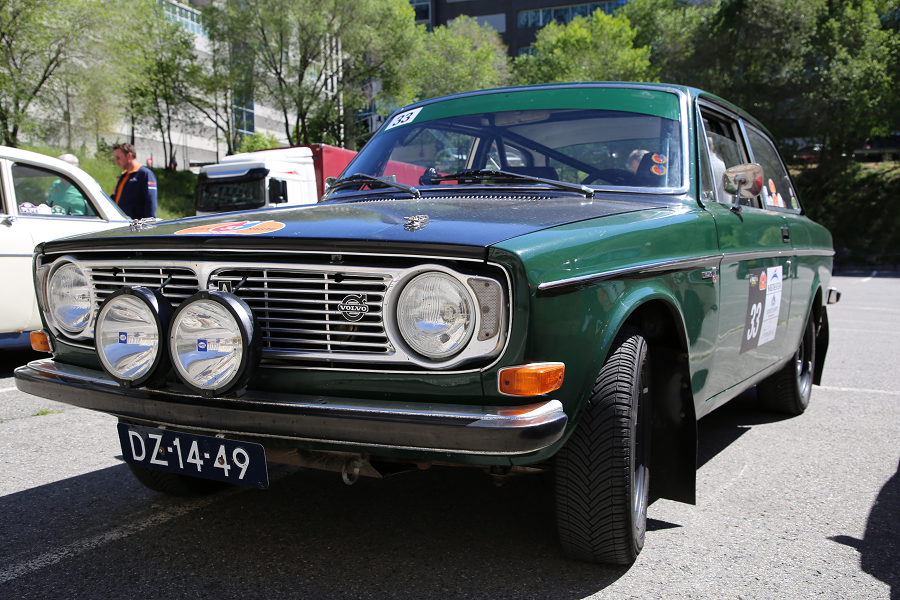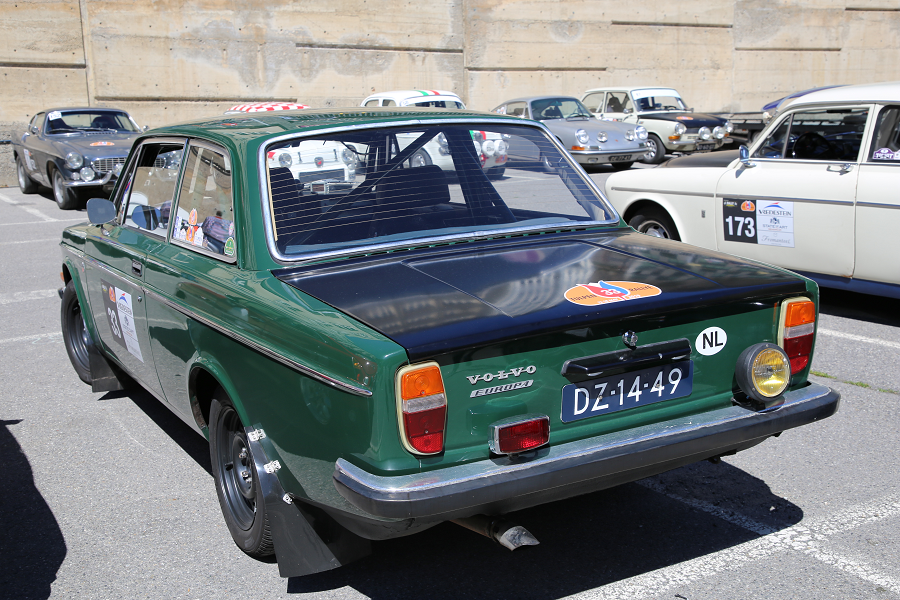Volvo 140 series: green sedan from 1970
The Volvo 140 Series is a line of mid-size cars manufactured and marketed by Volvo from 1966 to 1974 in two- and four-door sedan (models 142 and 144 respectively) as well as five door station wagon (model 145) body styles—with numerous intermediate facelifts. More than a million Volvo 140s were built.
Volvo Cars began manufacturing the Volvo 144 at Torslandaverken in the late summer of 1966 for the 1967 model year. The 144 series, which followed the Volvo Amazon (120 series, outside of Sweden), was the first Volvo to use a tri-digit nomenclature, where the first digit indicated series, second digit indicated the number of cylinders, and third digit indicated the number of doors.
Thus, a “144” was a 1st series, 4-cylinder, 4-door sedan. The 144 was the first Volvo to feature a more rectilinear or boxy styling. Compared to the Volvo Amazon, the 140 was a radical departure with minimal exterior and interior carryover, notably a stylised version of the front split grille.
The car’s basic shape would survive into the 1990s as the 200 series. Mechanically, the car used many of the same drivetrain components as the Amazon, but also showcased many improvements, including disc brakes on all four wheels. It was named car of the year in 1966 by Swedish magazine Teknikens Värld. The engine in the standard 144 was the same as found in the standard Amazon (121), the 1.8l B18A, but the 144S was given the more powerful B18B from the 123GT and 1800S.
Late in the 1967 model year production of the Volvo 142 (2-door sedan) began, in time to build 1500 units for the first year. In 1968 production of the Volvo 145 5-door station wagon began, completing the three body styles used in the 140 range.
In 1971 the first of several styling changes were introduced, including a revised black grille which saw the now ubiquitous Volvo diagonal line introduced as well as new wheels. A console on the transmission tunnel with a clock was now standard. Model year 1971 also saw the introduction of the B20E, which was a high compression version of the B20 which introduced Bosch D-Jetronic electronic fuel injection, giving a power figure of 124 PS (91 kW; 122 hp) DIN or 130 PS (96 kW; 128 hp) SAE.
These new cars were either given the designation E (the German word Einspritzung, or “injection”) or GL (for Grand Luxe), which was a more upmarket version of the car. The Grand Luxe received a four-speed manual with overdrive as standard fitment, with an automatic optional.














